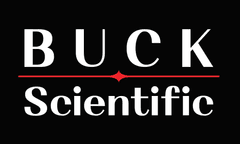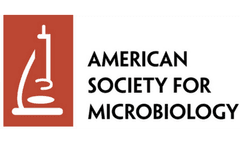Physiological Activity Articles & Analysis
15 articles found
Some of these proteins are necessary for the survival, reproduction and other normal physiological activities of engineered strains or cell lines. HCPs are purified together with the target product during the production process and cannot be removed. ...
Vitamins Vitamins are essential nutrients for maintaining normal physiological functions and promoting various metabolic processes in the human body. ...
It is responsible for regulating cellular capacity input and output and maintaining the smooth functioning of cellular physiological activities. AMPK is also a key protein involved in various signaling pathways. ...
Bacteria are a diverse group of organisms in terms of physical features such as size and shape, physiological attributes, and genetic make-up. Bacterial species such as E. coli, Pseudomonas, Salmonella, etc., are commonly used as model organisms in the study of microbiological concepts in physiology, health, food, and ecology. ...
Bacteria are a diverse group of organisms in terms of physical features such as size and shape, physiological attributes, and genetic make-up. Bacterial species such as E. coli, Pseudomonas, Salmonella, etc., are commonly used as model organisms in the study of microbiological concepts in physiology, health, food, and ecology. ...
Many compounds containing imidazole rings play a crucial role in medicine due to their excellent biological activity. *Pyrimidine Pyrimidine cyclic compounds have a variety of physiological activities and are the dominant structures in drug design. There are numerous active compounds with pyrimidine ring structure units that are ...
If the capillaries are depleted of oxygen, they also tend to absorb fluid to compensate the loss, which translates in swollen and distended capillaries, unable to properly distribute oxygen, nutrients and minerals to the structures of the body. As a result, the physiological activities of the cells in the tissues are slowed down, or even interrupted, leading to ...
Physical and chemical properties and dosage of excipients The physical and chemical properties of active pharmaceutical ingredient excipients (including molecular weight and its distribution, degree of substitution, viscosity, properties, particle size and the change of its distribution, fluidity, moisture, pH value, etc.) will affect the quality of the preparation. ...
The excipients should have stable properties with no physiological activity, no influence on the content determination of the main drug and no adverse effect on the dissolution and absorption of the drug. ...
Factors Affecting the Stability of Pharmaceutical Preparations Many factors affect the stability of drugs, for example, each active ingredient in the drug, each excipient in the preparation, packaging materials, and storage environments such as temperature, humidity, light, pH and air. ...
Peptides are a class of compounds made up of amino acids linked by peptide bonds and are chemically active substances commonly found in living organisms. According to the International Pharmacological Classification, drugs with more than 100 amino acid molecules belong to protein drugs, while drugs with less than 100 amino acid molecules belong to polypeptide drugs. At present, ...
Extracts are liquid or solid natural active ingredients extracted from animal or plant raw materials. Plant extract is a product made from plants. It is formed by physicochemical extraction and separation process according to the needs of the use of the extracted final product, and directed acquisition and concentration of one or more active ingredients in the ...
“Overall, with the downstream physiological activation shown, these data have compelling implications for the development of highly immunogenic, T cell-focused global vaccines against various pathogens and diseases. ...
These metals can be classified into several groups – the major electrolytes (Na, K, Ca, Mg), crucial to normal primary physiological processes like cellular activity and metabolism; the minor minerals (Fe, Mn, Zn, Cu), present in lower levels to act as metabolic agents and enzyme catalysts; and the micro (trace) minerals, in low levels (Se, Cr, Mo), for ...
When it is gliding, the unicellular euglenoid Peranema trichophorum uses activation of the photoreceptor rhodopsin to control the probability of its curling behavior. ...












